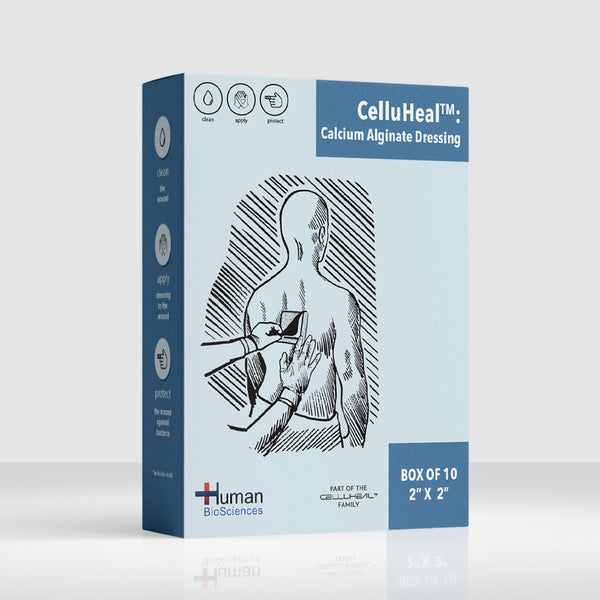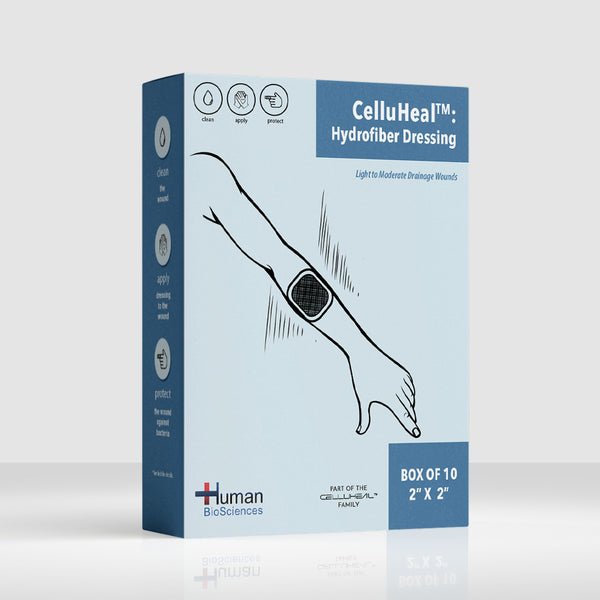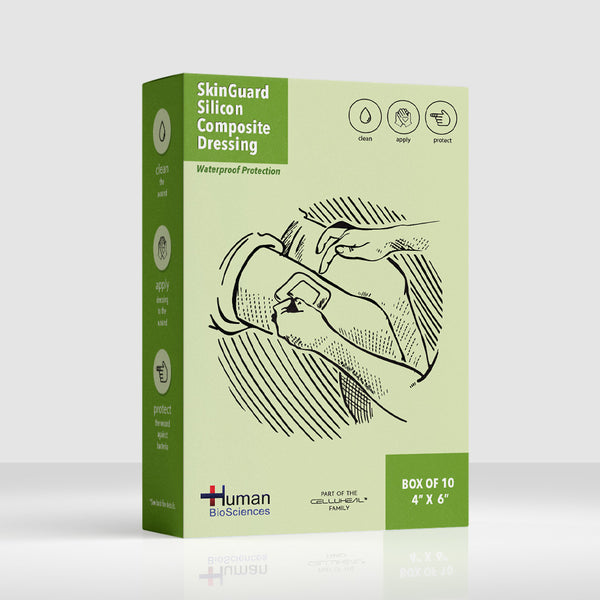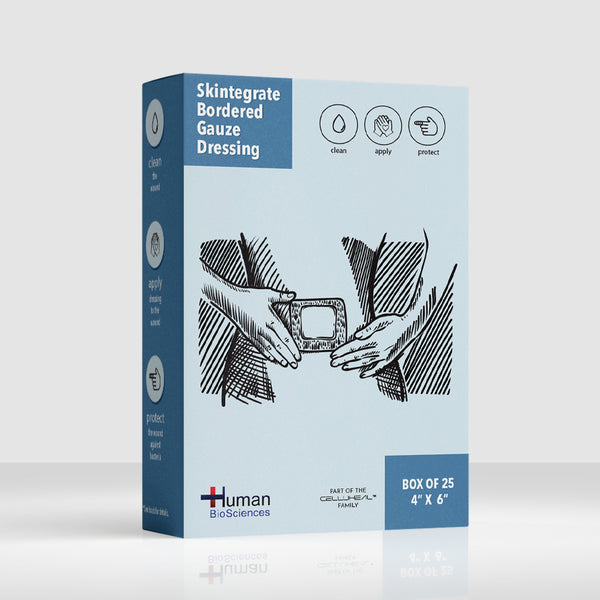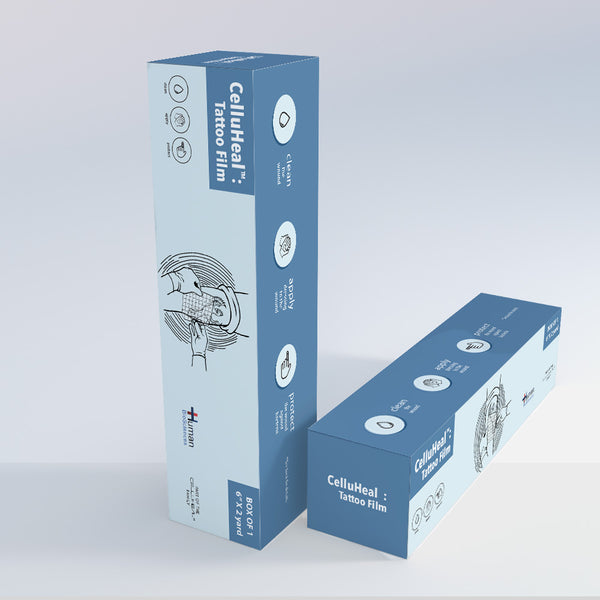1. What are secondary wound dressings used for?
Secondary wound dressings are designed to cover and protect primary dressings like alginate or hydrofiber. They provide moisture control, absorb excess exudate, and help keep the wound environment stable for better healing.
2. Which secondary dressing is best for high-exudate wounds?
Advanced absorbent dressings such as foam or hydrocellular sheets are ideal for wounds with heavy drainage. These dressings help prevent leakage and reduce the risk of infection.
3. Can I use a secondary dressing for ulcers and burns?
Yes, secondary dressings are commonly used for pressure ulcers, leg ulcers, and burn injuries. They help maintain a moist environment and provide added cushioning for sensitive skin.
4. How do secondary dressings help in post-surgical wound care?
Moisture-control dressings used as a secondary layer protect surgical wounds from external contaminants, reduce shear, and promote faster wound closure by minimizing dressing disturbance.
5. Are CelluHeal™ secondary dressings good for securing primary dressings?
Absolutely. Our products are designed to safely secure primary dressings, even in complex wounds or areas prone to movement, such as joints or surgical sites.
6. What types of secondary dressings are available?
Common types include foam dressings, adhesive silicone sheets, film dressings, and non-woven gauze. CelluHeal™ offers multiple options depending on wound type and drainage level.
7. How do absorbent secondary dressings improve wound healing?
These dressings wick away excess moisture, reduce maceration, and keep the wound surface optimally moist, which speeds up granulation and epithelialization.
